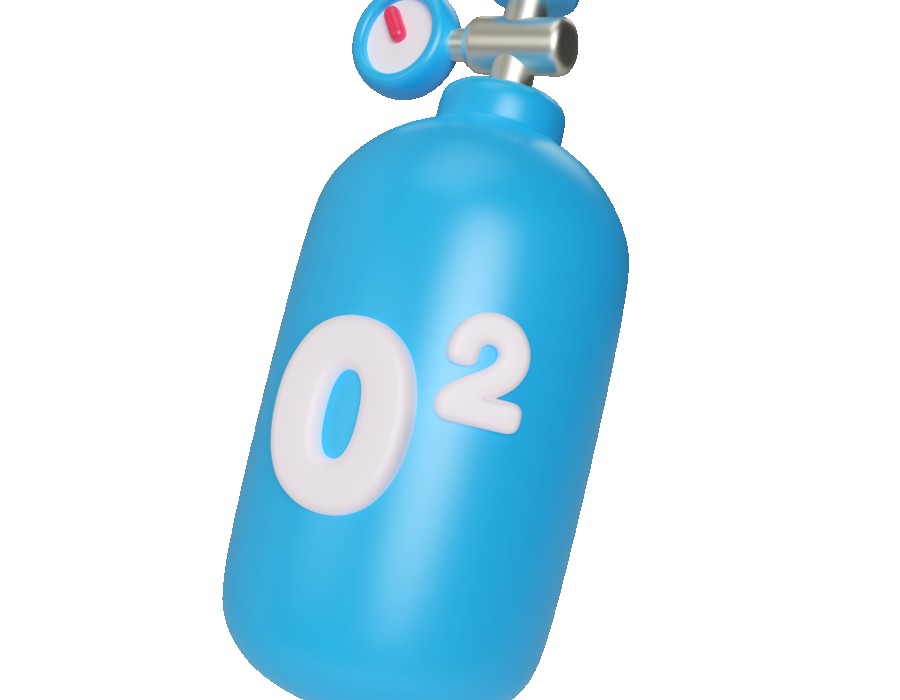Oxygen gas is produced through various natural and artificial processes, primarily by living organisms and industrial methods. Here's an overview of who produces oxygen gas:
- Photosynthesis by Plants: Plants are one of the primary producers of oxygen gas through the process of photosynthesis. During photosynthesis, plants utilize sunlight, water, and carbon dioxide (CO2) to produce glucose and oxygen.
- Phytoplankton and Marine Organisms: Marine organisms like phytoplankton, algae, and cyanobacteria also play a significant role in oxygen production through photosynthesis in aquatic ecosystems.
- Forests and Vegetation: Besides plants, forests and vegetated areas act as oxygen reservoirs by continuously releasing oxygen into the atmosphere through photosynthesis.
- Industrial Oxygen Production: Apart from natural sources, oxygen gas is also produced industrially for various purposes. The most common method is the fractional distillation of air. In this process, air is cooled and compressed, leading to the liquefaction of air components.
- Chemical Processes: Oxygen gas can also be produced through chemical reactions, such as the decomposition of hydrogen peroxide (H2O2) or the electrolysis of water (H2O), where an electric current is passed through water to separate oxygen and hydrogen gases.
- Medical and Industrial Applications: Industrial-scale oxygen production is crucial for medical applications, including oxygen therapy for patients with respiratory conditions.





Comments